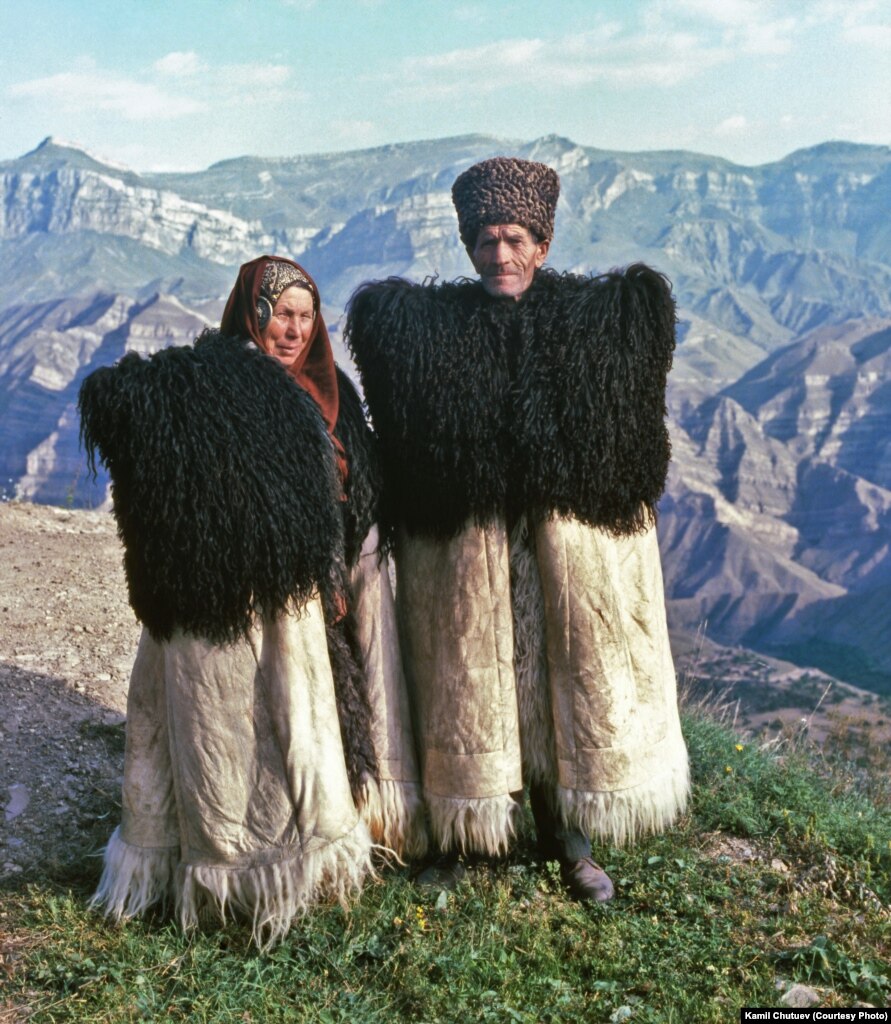Yupiter Planetasi Turali Mlmet

Jupiter's swirling colorful clouds The atmosphere of Jupiter is the largest in the. It is mostly made of and in roughly; other chemical compounds are present only in small amounts and include,,. Although water is thought to reside deep in the atmosphere, its directly measured concentration is very low. The,, and abundances in 's atmosphere exceed solar values by a factor of about three. The atmosphere of lacks a clear lower boundary and gradually transitions into the liquid interior of the planet.
From lowest to highest, the atmospheric layers are the,,. Each layer has characteristic. The lowest layer, the troposphere, has a complicated system of clouds and hazes, comprising layers of ammonia, and water. The upper ammonia clouds visible at Jupiter's surface are organized in a dozen bands parallel to the and are bounded by powerful zonal atmospheric flows (winds) known as jets. The bands alternate in color: the dark bands are called belts, while light ones are called zones.
Drugs and Targets Keytruda-Alimta-carboplatin combination gets FDA approval. FDA has approved Keytruda (pembrolizumab), an anti-PD-1 therapy, in combination with pemetrexed (brand name Alimta) and carboplatin (pem/carbo), a commonly used chemotherapy regimen, for the first-line treatment of metastatic nonsquamous NSCLC, irrespective of PD-L1 expression. The atmosphere of Jupiter is the largest planetary atmosphere in the Solar System. It is mostly made of molecular hydrogen and helium in roughly solar proportions; other chemical compounds are present only in small amounts and include methane, ammonia, hydrogen sulfide and water.
Zones, which are colder than belts, correspond to upwellings, while belts mark descending gas. The zones' lighter color is believed to result from ammonia ice; what gives the belts their darker colors is uncertain. The origins of the banded structure and jets are not well understood, though a 'shallow model' and a 'deep model' exist. The Jovian atmosphere shows a wide range of active phenomena, including band instabilities, vortices ( and ), storms and lightning.
The vortices reveal themselves as large red, white or brown spots (ovals). The largest two spots are the (GRS) and, which is also red. Phir kisi ka intezar mp3 free download songs. These two and most of the other large spots are anticyclonic. Smaller tend to be white.
Vortices are thought to be relatively shallow structures with depths not exceeding several hundred kilometers. Located in the southern hemisphere, the GRS is the largest known vortex in the Solar System. It could engulf two or three Earths and has existed for at least three hundred years. Oval BA, south of GRS, is a red spot a third the size of GRS that formed in 2000 from the merging of three white ovals. Jupiter has powerful storms, often accompanied by lightning strikes.
The storms are a result of moist convection in the atmosphere connected to the evaporation and condensation of water. They are sites of strong upward motion of the air, which leads to the formation of bright and dense clouds. The storms form mainly in belt regions. The lightning strikes on Jupiter are hundreds of times more powerful than those seen on Earth, and are assumed to be associated with the water clouds.
This storm near the red spot is called Red Spot Junior. Vertical structure of the atmosphere of Jupiter. Note that the temperature drops together with altitude above the tropopause. The stopped transmitting at a depth of 132 km below the 1 bar 'surface' of Jupiter. The atmosphere of Jupiter is classified into four layers, by increasing altitude: the,,. Unlike the, Jupiter's lacks a.

Jupiter does not have a solid surface, and the lowest atmospheric layer, the troposphere, smoothly transitions into the planet's fluid interior. This is a result of having temperatures and the pressures well above those of the for hydrogen and helium, meaning that there is no sharp boundary between gas and liquid phases. Hydrogen becomes a at a pressure of around 12 bar. Since the lower boundary of the atmosphere is ill-defined, the pressure level of 10, at an altitude of about 90 km below 1 bar with a temperature of around 340, is commonly treated as the base of the troposphere. In scientific literature, the 1 bar pressure level is usually chosen as a zero point for altitudes—a 'surface' of Jupiter. As with Earth, the top atmospheric layer, the exosphere, does not have a well defined upper boundary. The density gradually decreases until it smoothly transitions into the approximately 5,000 km above the 'surface'.
Fahn tolosa marin tremor rating scale pdf plans. For patients who completed the study, the mean dose of LEV at day 48 was 2,333 mg ± 1,155 mg.